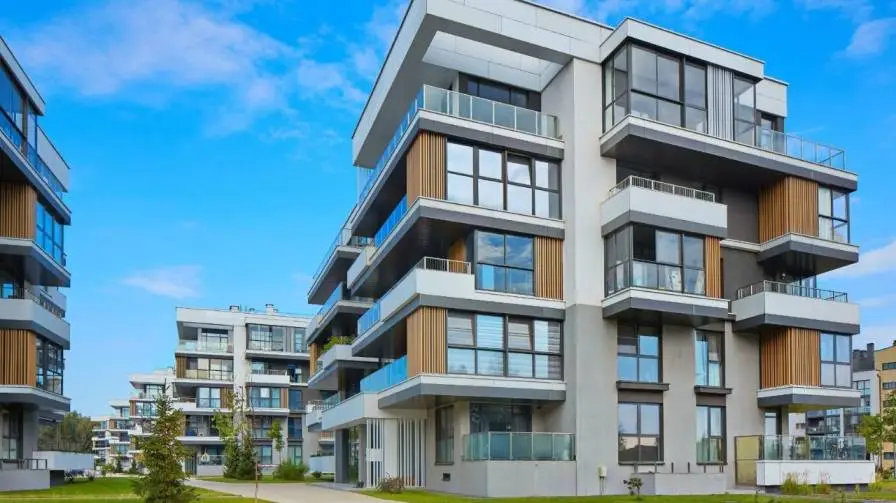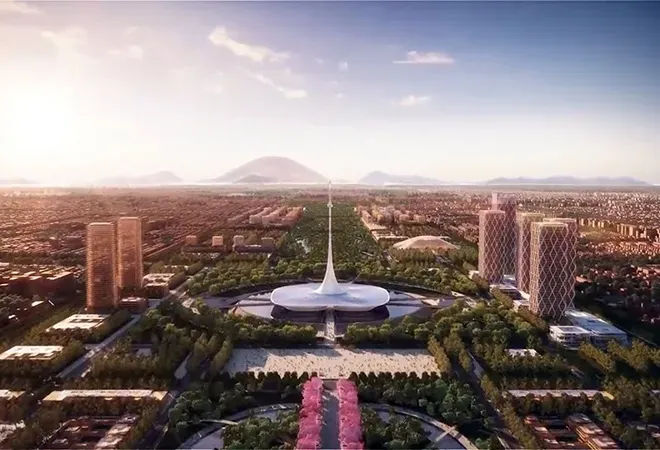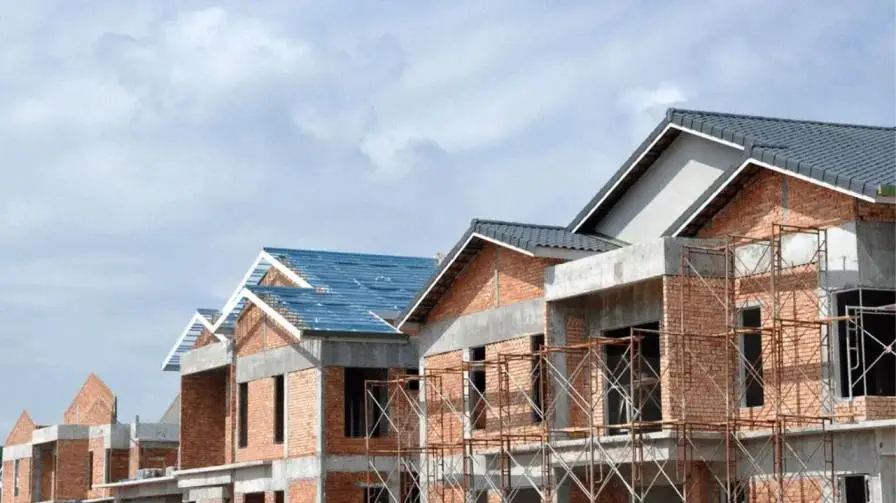The first time I went to Kerala, I thought I went to the past. In the midst of the endless coconut groves, backwaters, and lush greenery, there was one thing that won my heart: the Nalukettu Homes of Kerala. They are not houses but living art forms, constructed using an ancient wisdom, rich cultural heritage, and sustainable methods.
Through this blog, I would be able to take you on a tour of these traditional Homes of Kerala, tell you what I experienced, share expert remarks, and explain the reasons why these Kerala heritage homes are worth saving.
Knowing Nalukettu Homes of Kerala.
The Nalukettu Homes of Kerala are ancient ancestral houses whose architectural design is many centuries old. Constructed by Namboothiri Brahmins of Kerala and other high-income families, these houses are constructed in accordance with the Vastu Shastra to establish a peaceful coexistence.
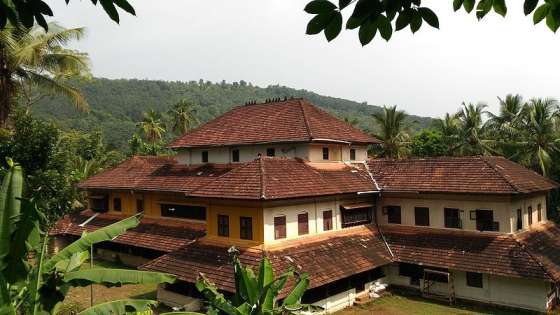
I recall my first visit to the family of my friend Kerala's ancestral house. As soon as I entered the place, I was suffused with a sense of immediate calmness from the sound of the birds, the scent of sandalwood, and the low light pouring into the court. Nature was as though residing within the house.
What Makes Nalukettu Architecture Unique?
The concept of Nalukettu architecture is a very simple yet genius idea based on balance between nature and living spaces. These homes are traditionally constructed in a rectangular form with four wings with an open central courtyard known as the Nadumuttam.
Key Features of Nalukettu Homes
- Open Courtyard (Nadumuttam): Allows the sunlight, rain, and air to enter.
- Sloping Roofs: This is built with clay tiles so that it can deal with the heavy monsoons of Kerala.
- Wooden Craftsmanship: Complex carvings are a demonstration of local craftsmanship.
- Vastu Alignment: There is a purpose and direction for every room with reference to ancient science.
Kerala Traditional Houses and Cultural Roots
The traditional houses of Kerala are not only architectural marvels, but also they bear the cultural heritage of the state. Families used to live under a single roof in large numbers, telling stories, eating, and performing rituals.
I remember we had been to an Onam party at a Nalukettu farm in Thrissur. All were seated in the courtyard at the Onam Sadya feast, cross-legged on the floor, eating on banana leaves, and laughing. It was like entering into a living museum of the traditions of Kerala.
Heritage Homes in Kerala: A Window to the Past
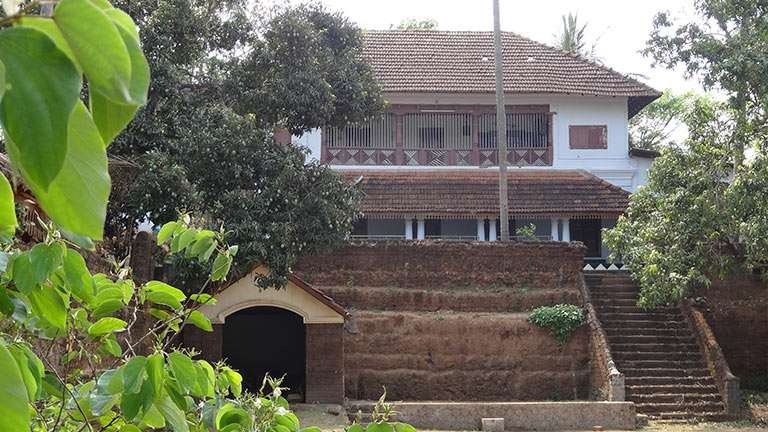
A heritage home in Kerala, like Vasco House and Kottukapally Tharavadu, can help one see into the past with its unique architecture, which is often a combination of the traditional Kerala architecture, like the Nalukettu, and other forms of colonial influences. Entering old homes is the same as cracking a history book. You can trace in every wooden panel and rocky pillar the generations of skill.
Ensuring Nalukettu Homes to Future Generations.
Conservation of Nalukettu homes is a partnership in which the long-term care of the housing is done through a mixture of sustainable conservation, inclusion of modern facilities, and community participation to ensure that the housing maintains a balance of both tradition and functionality for the generations to come. The main strategies are the utilization of traditional materials, retrofitting to the modern needs, turning houses into museums of lifestyles, and providing the supportive government policies and funding.
The Spiritual Connection in Nalukettu Homes of Kerala
Spiritual balance is one of the ways these homes are distinguished. The architecture of Nalukettu was built in such a way that positive energy flow is considered. The atrium is a holy area where the people conducted rituals and regular prayers.
I was once in a Nalukettu house, waking up early in the morning and observing Tulasi pooja in the morning. The gentle songs, incense, and natural lighting made me very attached to the spiritual traditions of Kerala.
Sustainability Lessons from Nalukettu Architecture
The Nalukettu Homes of Kerala are long-standing followers of the concept of sustainability:
- Local Materials: Laterite stone, timber, and clay tiles.
- Natural Cooling: Open courtyards save the use of fans or AC.
- Rainwater Harvesting: Roofs are the ones that direct water straight into storage tanks.
Nalukettu architecture is being reinvented by modern architects today to make a home that is energy efficient yet with a sprinkle of tradition.
You may read this article :- Sustainable Onam: How Kerala is Turning Traditions Eco-Conscious?
Visiting Kerala Ancestral Home.

I also recall being in one of the Kerala ancestral homes in Kottayam. It was more than 150 years old, but the house seemed to breathe. Every evening I would sit in the courtyard and drink chai and hear the rain falling on the clay tiles and the oil lamps flickering. It was not a mere stay but an emotional experience, one to remember how architecture can make the soul blossom. Kerala is preserving Nalukettu Homes in this way.
Efforts are currently being made by the government and the non-governmental organizations to preserve these architectural gems. A number of old houses in Kerala have been turned into museums, boutique homestays, and cultural centers to preserve their stories.
Final Thoughts
The Nalukettu Homes of Kerala are not buildings but are tales cut in stone and wood. They identify us with our origins, instruct us on how to live in a sustainable way, and embrace togetherness. When you go to Kerala, do stop by at these homes. Believe me—it is an experience to be had throughout life.
FAQs About Nalukettu Homes of Kerala
Q1. What is the Nalukettu home in Kerala?
A Nalukettu house is a classic ancestral Malayalam house constructed around a central courtyard with four sides and is constructed in the principles of Vastu Shastra.
Q2. What is unique about Nalukettu homes?
Their Nalukettu construction works guarantee natural lighting, ventilation and harmony with the surrounding.
Q3. Are there modern Nalukettu-style homes?
Yes, these days most architects combine classic design with the modern facilities keeping the heritage spirit.
Q4. What does Nalukettu homes, do?
They are preserved with historic methods, turned into heritage accommodation, or preserved by families and conservationists.





